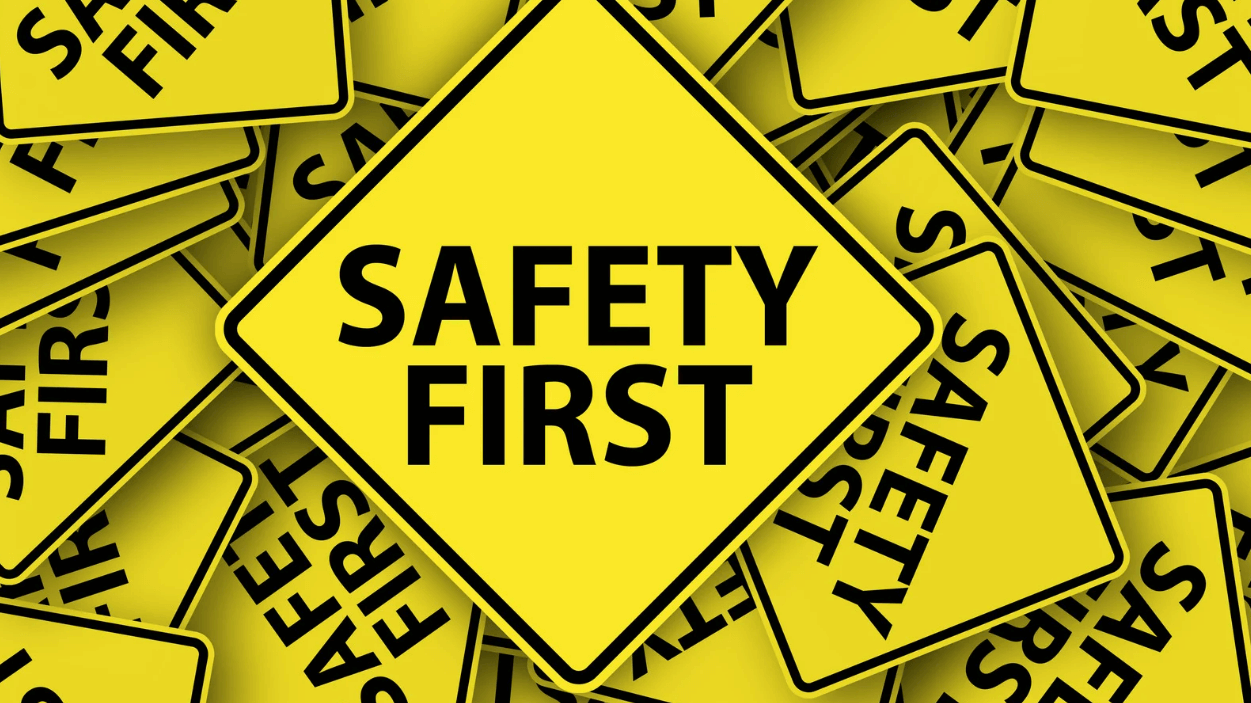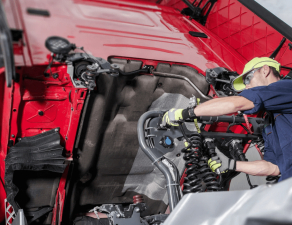
Safety is extremely important in the trucking industry. For truck drivers and fleet owners, preventing accidents is not only a matter of personal well-being, but also crucial for protecting valuable assets and maintaining a strong reputation. Defensive driving is a proactive approach that emphasizes anticipation, awareness and safe practices to minimize risks on the road. This article provides essential defensive driving techniques to help improve road safety and reduce the likelihood of accidents.
What is Defensive Driving?
Defensive driving involves using safe driving strategies that enable motorists to address identified hazards in a predictable manner. These strategies go beyond mastering the basic rules of the road and require ongoing attention and practice.
The Importance of Defensive Driving for Truck Drivers
- Enhanced Safety: Reduces the risk of accidents by anticipating dangerous situations.
- Cost Savings: Minimizes repair costs, insurance premiums and potential legal fees.
- Protects Reputation: Maintains a positive image for drivers and companies.
- Compliance: Aligns with safety regulations and standards within the industry.
Key Defensive Driving Techniques
1. Maintain a Safe Following Distance
Rule: Use the “Four-Second Rule” as a minimum following distance in good conditions; increase the distance in adverse conditions.
- Why It Matters: Trucks require more time and distance to stop due to their size and weight.
- How to Implement:
- Pick a stationary object ahead.
- When the vehicle in front passes it, start counting seconds.
- Ensure at least four seconds pass before you reach the same point.
2. Stay Alert and Avoid Distractions
- Avoid Multitasking: Refrain from using mobile phones, eating, or any activity that takes your focus off the road.
- Rest Well: Ensure adequate sleep to prevent fatigue.
- Be Mindful of Medications: Some medications can cause drowsiness; know their effects.
3. Scan Ahead and Be Aware of Your Surroundings
- Look Far Ahead: Continuously scan the road ahead for potential hazards.
- Use Mirrors Frequently: Check side and rearview mirrors every 5-8 seconds.
- Monitor Blind Spots: Be aware of areas around your truck where other vehicles may not be visible.
4. Adjust for Weather and Road Conditions
- Reduce Speed: Drive slower in rain, snow, fog or on slippery roads.
- Use Headlights: Increase visibility by using headlights in poor weather conditions.
- Increase Following Distance: Allow more space between you and the vehicle ahead.
5. Plan and Anticipate
- Know Your Route: Familiarize yourself with the route to anticipate merges, exits and potential congestion.
- Expect the Unexpected: Be prepared for sudden actions from other drivers, pedestrians, or animals.
- Stay Informed: Keep up-to-date with traffic reports and road conditions.
6. Communicate with Other Drivers
- Use Signals: Always use turn signals well in advance of your actions.
- Avoid Sudden Movements: Make lane changes and turns smoothly to give others time to react.
- Eye Contact: If possible, make eye contact with pedestrians or other drivers to ensure mutual awareness.
7. Control Your Speed
- Observe Speed Limits: Adhere to posted speed limits, especially in construction zones and urban areas.
- Adjust for Load Weight: Heavier loads require more time to stop and maneuver.
8. Manage Stress and Emotions
- Stay Calm: Do not engage in aggressive driving behaviors.
- Avoid Road Rage: Do not react to provocation from other drivers.
- Take Breaks: Regular breaks help reduce stress and maintain focus.
9. Proper Vehicle Maintenance
- Regular Inspections: Conduct pre-trip and post-trip inspections to identify any mechanical issues.
- Maintain Tires and Brakes: Ensure tires are properly inflated and brakes are functioning correctly.
- Check Lights and Signals: Confirm that all lights and signals are operational for effective communication.
10. Understand and Follow Traffic Laws
- Stay Informed: Keep updated on any changes in traffic laws and regulations.
- Compliance: Adhere to all road signs, signals and markings.
Benefits of Defensive Driving
- Reduces Accidents: Proactive driving decreases the likelihood of collisions.
- Saves Lives: Protects the driver, other road users and pedestrians.
- Economic Advantages: Lowers costs associated with accidents and insurance.
- Legal Protection: Demonstrates due diligence and responsibility, which can be beneficial in legal situations.
Training and Continuing Education
Enroll in Defensive Driving Courses
- Professional Training: Consider enrolling in accredited defensive driving courses specifically designed for commercial drivers.
- Online Options: Many organizations offer online courses for convenience.
Regular Refreshers
- Stay Sharp: Regularly review defensive driving techniques.
- Company Programs: Fleet owners should implement ongoing training programs for their drivers.
For Fleet Owners: Promoting a Culture of Safety
- Implement Policies: Establish clear safety policies emphasizing defensive driving.
- Reward Safe Driving: Recognize and reward drivers who demonstrate exemplary safety records.
- Provide Resources: Offer training materials and support for drivers to improve their skills.
Conclusion
Defensive driving is an essential skill set for truck drivers and a critical component of fleet management. By adopting these techniques, drivers can significantly reduce the risk of accidents, ensuring their safety and that of others on the road. Fleet owners benefit from protecting their assets, reducing costs and enhancing their company’s reputation.
Safety on the road starts with you. Commit to defensive driving today and make every journey a safe one.









Write a comment: